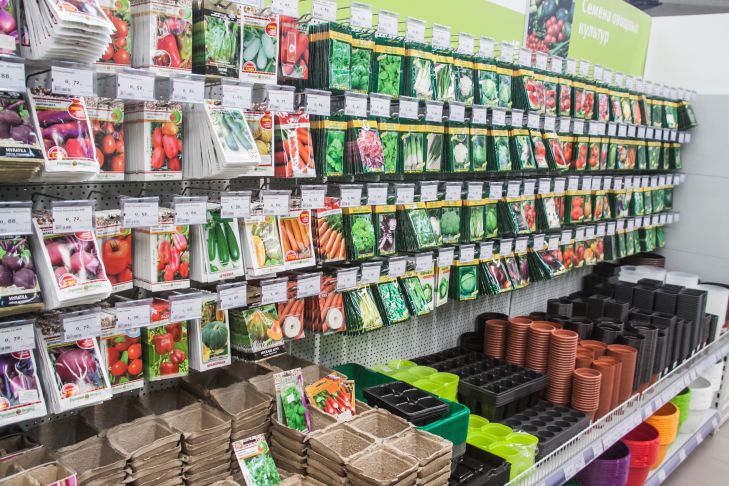Seed stratification at home: 5 rules to follow
Preparing seeds for sowing should always be done in advance.
Experienced gardeners understand perfectly why stratification is needed and what benefits it can bring. Therefore, it is worth examining the 5 rules of stratification that play a key role.
Peculiarities of stratification for a specific plant
It is not necessary to perform stratification for all crops. When buying seeds from trusted producers, it is worth reading the instructions.
Also, the stratification periods may vary significantly. If we consider liriodendron, then stratification should be performed for 1.5 years. Lavender seeds are hardened by cold for one month. Therefore, it is worth knowing the requirements for certain crops.
Common and exotic plants
If we consider regular seeds of crops that are ideal for a certain region, there is no need to consciously complicate your life. Such seeds can be bought in reserve and sown in open ground before winter, without worrying that some of them will not sprout.

It's a slightly different story if you want to grow unusual exotic plants on your plot. They should be prepared in advance in special conditions. Experts recommend sowing rare seeds in cassettes or containers.
The temperature should be close to zero, a refrigerator or cellar can be a good solution. Of course, it is important to ensure that the temperature does not become negative, because in this case, some of the crops may simply die.
The right substrate
There is no point in using soil from your own plot, expecting a positive result. Stratification should only be performed in sterile substrates or soils. And if you use soil from your plot, you can cause more harm.
If you do not want to overpay for special substrates, you can prepare them yourself. Most often used: peat, river sand and garden soil. Before planting seeds, the soil must be disinfected.
Soil and environmental humidity
Before planting seeds in the soil, soak them for a few days in room temperature water. This is a simple technique that will trigger the main chemical reactions inside.
Next, it is necessary to maintain high soil and air humidity. Of course, there are reasonable limits. If the seeds "float" in the soil, they will simply begin to rot, not germinate.
Control
Once every two weeks, it is worth checking the condition of the seeds that are laid for stratification. There is nothing complicated in this procedure, but it will allow you to control their general condition.
You should pay close attention to mold that may appear on the surface. If this happens, the planting material must be treated with fungicides. Ignoring the appearance of mold can result in a significant loss of the harvest.
